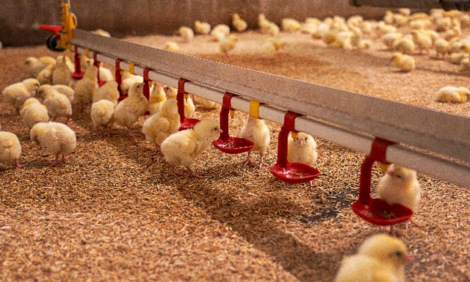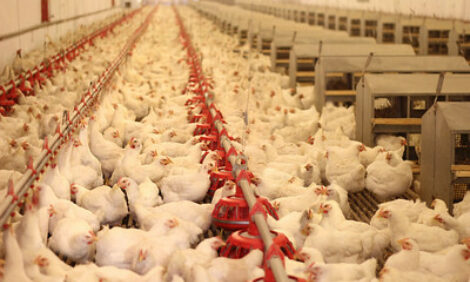



Deadstock Disposal: What's Legal, What Works, What's Coming
By Bill Groot-Nibbelink, Livestock Regulatory Affairs Specialist with Ontario Ministry of Agriculture, Food and Rural Affairs (OMAFRA). A summary of a paper given at the Eastern Ontario Poultry Conference in Canada in October 2007.Ontario has a Dead Animal Disposal Act, which was created in the 1960s to prevent meat from dead livestock from entering the human food chain. Legislation has received only minor changes since. The Dead Animal Disposal Act only covers cattle, horses, swine, sheep and goats. Poultry are not covered under this Act.
A major review of the Dead Animal Disposal Act is currently underway and poultry will come under livestock mortality disposal regulation. Proposed future regulation will stipulate that on-farm disposal issues will fall under the Nutrient Management Act of 2002 and off-farm disposal issues will fall under the Food Safety and Quality Act of 2001. Additional disposal options may be added (for example, incineration).
The following disposal options are currently available:
- Collecting and Rendering - best option from a disposal perspective but not available to all species; limited availability in cases where mortality rates are very high
- Composting - Very good option however, this method requires good management and the process must be observed very closely
- Burial - Least preferred option but viable as long as the risk for environmental contamination are reduced.
September 2008








